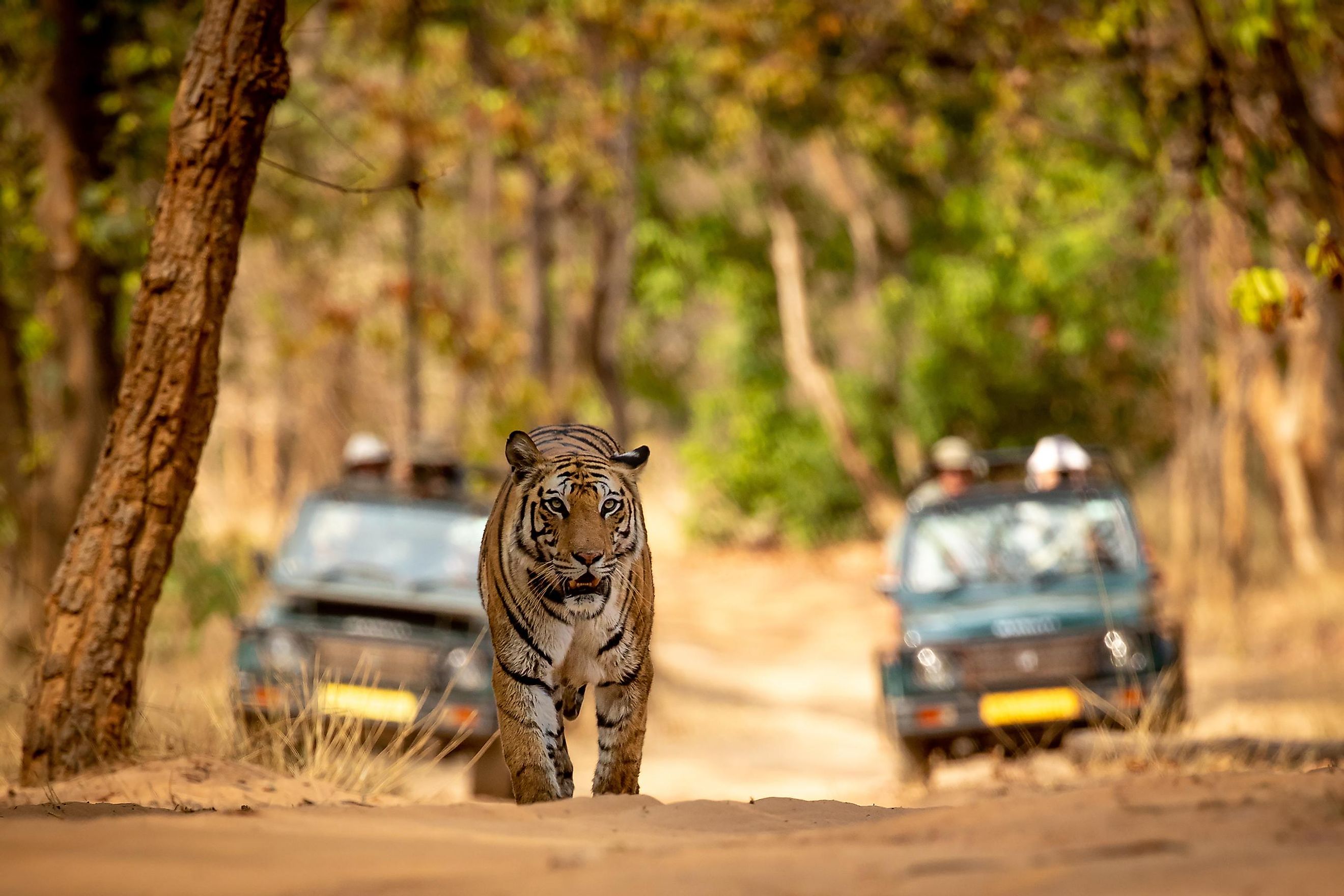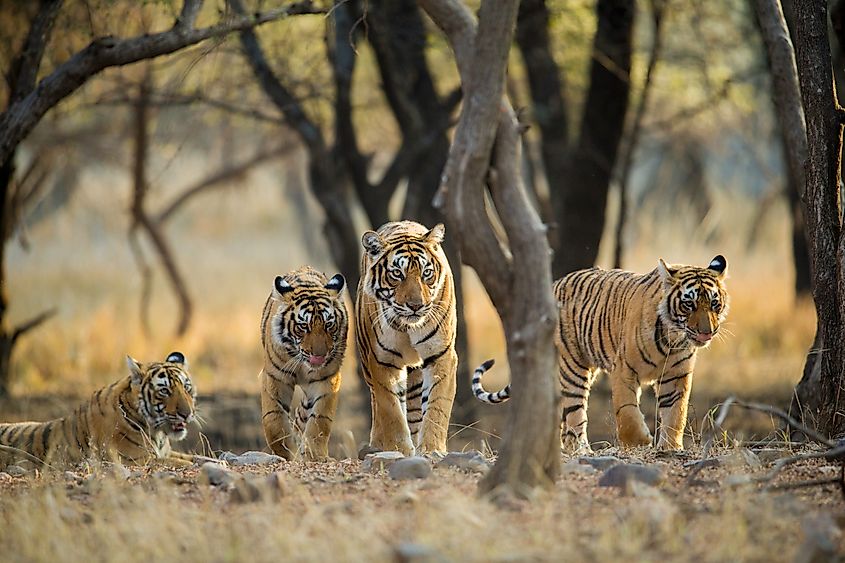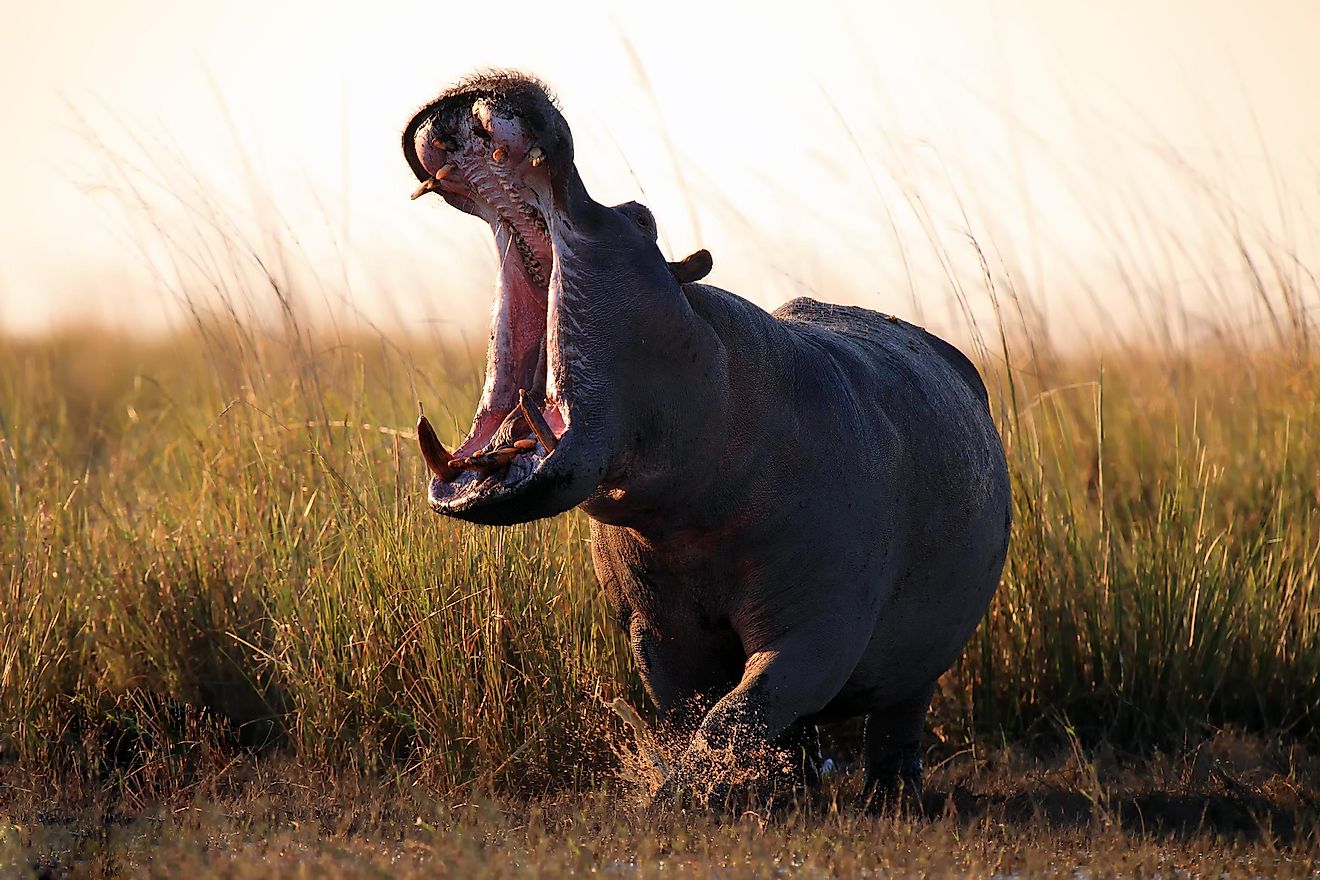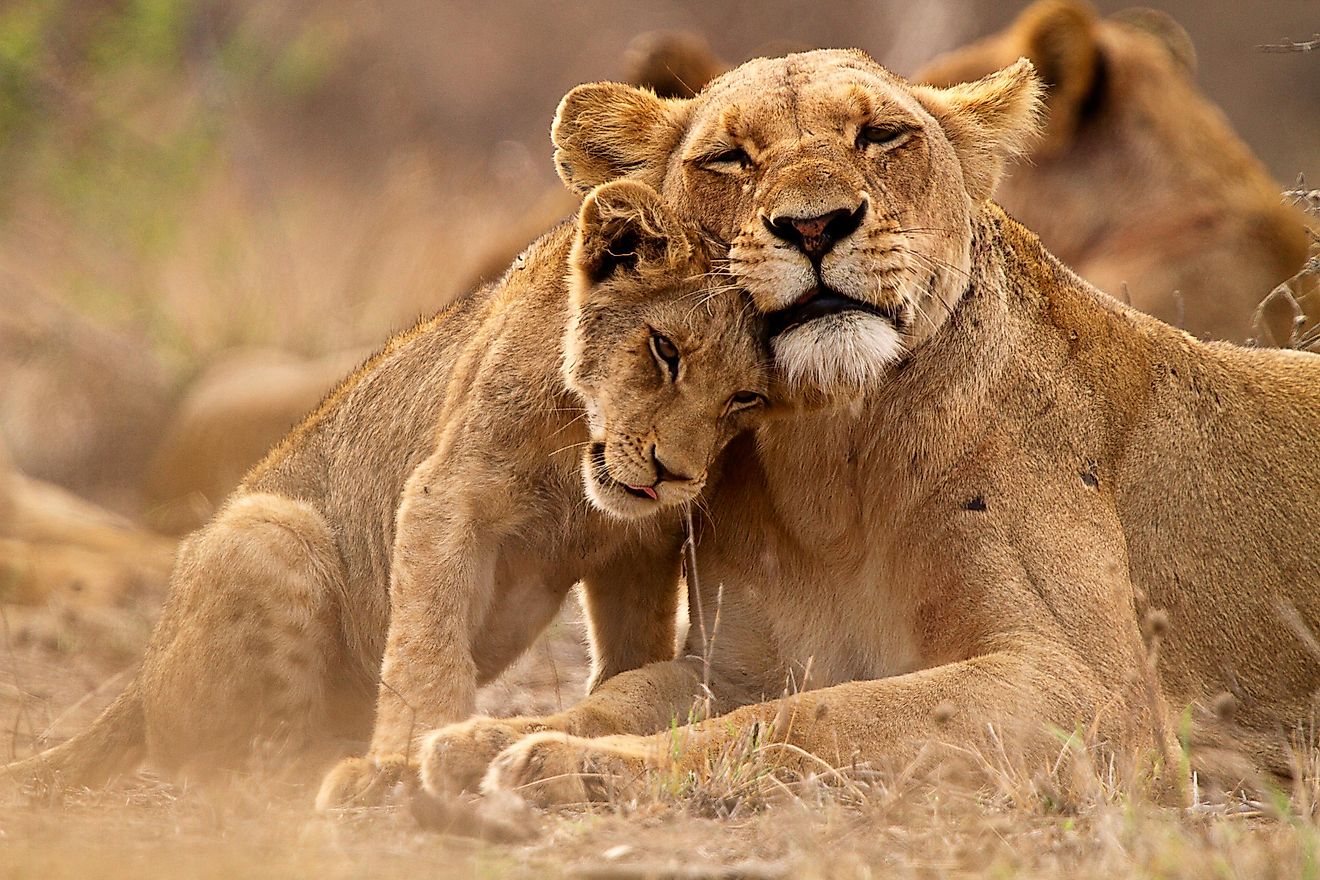
Countries With The Greatest Number Of Wild Tigers
Among all the Endangered species, or perhaps among all Big Cats, Tigers are considered to be the most charismatic and the most popular megafauna. Being the apex predators in an ecosystem, tigers play a crucial role in regulating and sustaining ecological processes. Therefore, ensuring their conservation guarantees the prosperity of the forest ecosystems and the vital natural resources and ecosystem services these tiger habitats produce for all. However, at present times, the rise in poaching due to international demand for tiger body parts, habitat loss and degradation, human-tiger conflicts, and depletion of tiger prey have resulted in fragmented tiger populations across 13 Tiger-range countries. The latest IUCN Assessment led by Panthera revealed that approximately 4,500 tigers are roaming freely in the wild, mainly due to the conservation efforts in the Tiger-range countries. The following article discusses the tiger populations worldwide and the countries with the highest number of wild tigers.
- India - 2,967 Tigers
- Russia – 433 Tigers
- Indonesia – 371 Tigers
- Nepal – 355 Tigers
- Thailand – 148 to 149 Tigers
- Malaysia – 120 Tigers
- Bangladesh -106 Tigers
- Bhutan – 103 Tigers
- China – 55 Tigers
- Myanmar – 22 Tigers
1. India - 2,967 Tigers

As per the 2018 report on the “Status of Tigers, Copredators and Prey In India,” compiled by the National Tiger Conservation Authority, there are, at present, 2,967 tigers in India. The country is considered home to 75% of the global tiger population and has seen a 25% increase in tiger numbers since 2014. Harboring over 60% of the global genetic variation in the species, India has been playing a vital role in achieving the Global Tiger Recovery Plan.
2. Russia – 433 Tigers

The next country on the list of high tiger populations is Russia, with around 433 wild tigers, as per the latest national tiger census conducted in the country in 2015. This number shows a slight increase from the previous survey conducted in 2005, which placed the tiger population at around 360. A joint census conducted by the Russian Government with the support of WWF and the Amur Tiger Center revealed that there are 480 to 540 Siberian Tigers across their existing range in the country, with the Russian Far east supporting 95% of the world’s Siberian Tiger population.
3. Indonesia – 371 Tigers
Indonesia is the next country on the list, having a population of 371 wild tigers, as per the latest IUCN estimate. It is to be noted that no systematic national survey has been conducted in Indonesia that can provide an estimate of the tiger population with sufficient accuracy in Sumatra – the country’s only island that at present supports wild tigers. Nevertheless, serious conservation efforts must be taken to protect the tigers currently found in the forests of Indonesia and to save them from the uncontrolled developmental activities that have been destroying the local tiger habitat in these forests.
4. Nepal – 355 Tigers

The next country on this list is Nepal has a population of 355 wild tigers. The number is based on the 4th Nationwide Tiger and Prey Survey, conducted by the country's National Parks and Wildlife Conservation Department and Forests and Soil Conservation Department, in association with the National Trust for Nature Conservation and other non-governmental organizations.
5. Thailand – 148 to 149 Tigers
As per a study conducted by the government-run Wildlife Conservation Office, Thailand has approximately 148 to 149 wild tigers, which is the highest number of wild tigers in Southeast Asia. This increase in the number of wild tigers is attributed to the stepped-up conservation measures taken over the last few years throughout the country. Some of these conservation measures include the installation of a new smart patrol system and cameras in strategic locations and the improvement of habitation areas using the latest technology.
6. Malaysia – 120 Tigers

A survey conducted between 2016 and 2020 by WWF-Malaysia, the Malaysia Department of Wildlife and National Parks, and other non-governmental organizations has revealed that there are about 120 tigers left in Malaysia. Due to the combined impacts of rampant poaching, deforestation, and habitat loss, the population of wild tigers in Malaysia continues to shrink. Drastic conservation efforts are, therefore, of utmost necessity to reverse the decline of the tiger population in Malaysia.
7. Bangladesh -106 Tigers
According to the first systematic national survey conducted in 2015, there are at present 106 Tigers in Bangladesh. These tigers mainly inhabit the Sundarbans – the world’s largest mangrove forest, which is shared by India and Bangladesh. To ensure the conservation of the tigers in the country, the Bangladesh Government has implemented several programs, including the second-generation Bangladesh Tiger Action Plan (2018-2027) and the National Tiger Recovery Programme (2017-2022).
8. Bhutan – 103 Tigers
According to the first systematic national survey conducted in 2015, there are at present 103 Tigers in Bhutan. This Himalayan country supports a thriving tiger population, and tigers here are found at a broad elevational range, ranging from as low as 100 m to more than 4000 m.
9. China – 55 Tigers
About 55 wild Amur Tigers have been recorded in camera trap surveys conducted between 2013 and 2018 in the forests of northeastern China. The increased tiger number in China is attributed to the strong conservation measures taken under the National Natural Forest Protection Project. Some of these conservation measures include improved anti-poaching efforts and proper compensation for human-tiger conflicts.
10. Myanmar – 22 Tigers
A report by Myanmar Forest Department in 2019 revealed that there are currently about 22 wild tigers living in the country. This minimum national number is based on camera trap surveys that were conducted between 2016 and 2018 in only 8% of the entire country’s potential tiger habitat. The surveys have also provided evidence of tigers breeding in the wild.
Laos, Cambodia, Vietnam - Extinct
The latest report from IUCN has confirmed that the tiger has gone extinct in Laos, Cambodia, and Vietnam. The loss of tiger populations in these countries has been mainly attributed to habitat loss and poaching.
Countries With The Highest Number Of Wild Tigers
| Rank | Country | Number Of Tigers |
|---|---|---|
| 1 | India | 2,967 |
| 2 | Russia | 433 |
| 3 | Indonesia | 371 |
| 4 | Nepal | 355 |
| 5 | Thailand | 148-149 |
| 6 | Malaysia | 120 |
| 7 | Bangladesh | 106 |
| 8 | Bhutan | 103 |
| 9 | China | 55 |
| 10 | Myanmar | 22 |











